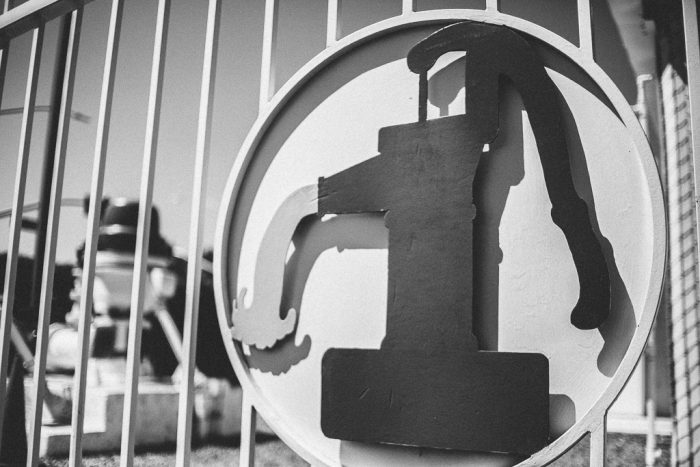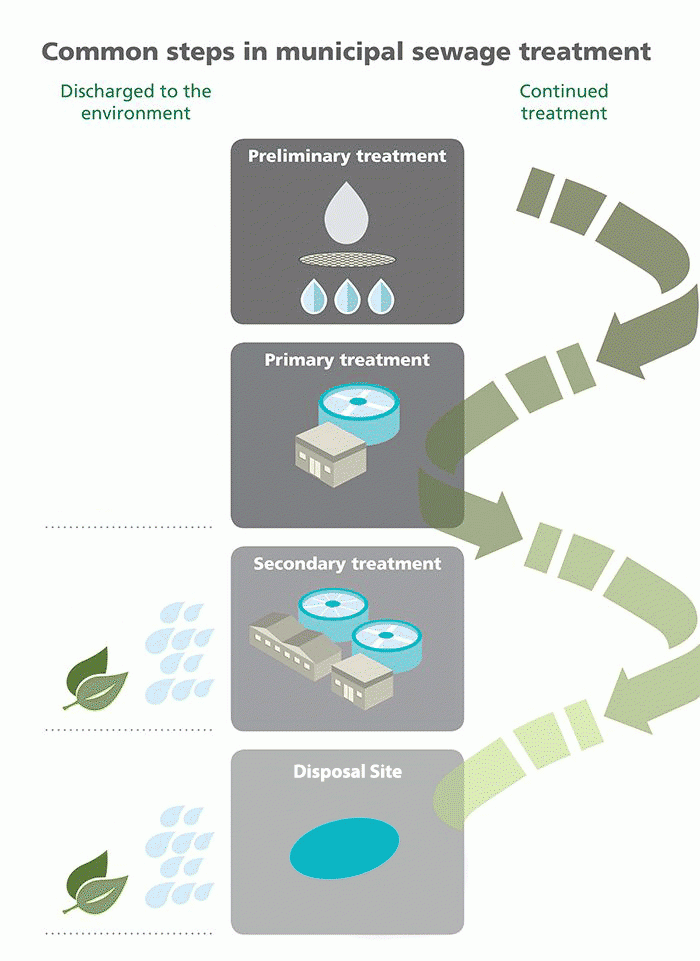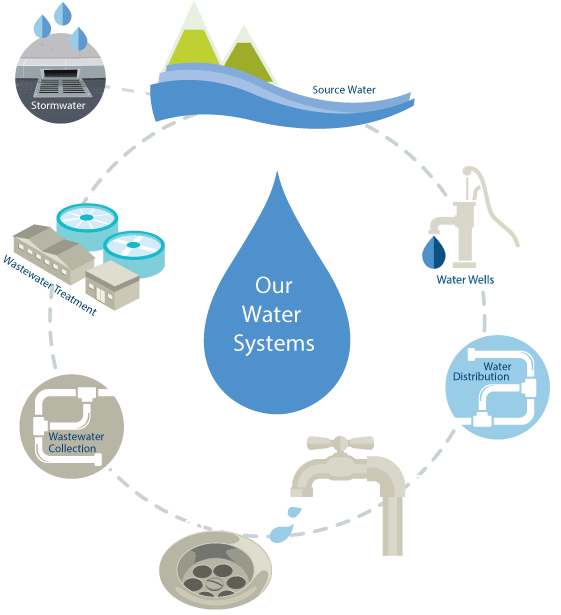
Water is a renewable resource that is provided naturally through the earth’s water cycle, in the form of precipitation. While water is provided by nature, many of us rely on a complex network of pipes, pumps, equipment, and people provided by our community’s municipal water systems to safely deliver clean water to our taps, and remove used water from our homes and businesses.
There are 5 key stages in our municipal water system:
- Source water – underground aquifers that are the source of our water supply, fed by rain and melting snow.
- Water distribution systems – the pipes and pumps that deliver clean water to our taps. In Madera there are more than 187 miles of underground water pipes.
- Wastewater collection systems – the pipes and pumps that take away used water from our toilets, drains, bathtubs, and laundry. These are also called sewers. In Madera, there are over 176 miles of municipal wastewater collection pipes underground.
- Wastewater treatment – the processes to remove contaminants from our used water so that it can be safely returned to the environment. This is also called sewage treatment.
- Stormwater systems – the pipes, ditches and natural systems that channel our rain water and snow melt away from our homes and businesses and back to the natural environment. In Madera there are over 45 miles of stormwater pipes underground.
WATER SYSTEMS
Where does our water come from?
100% of the water that feeds into our municipal water system comes from underground aquifers – these are called ground water sources.
How does water get from the source to our taps?
Water is withdrawn from the water source and pumped to our homes and businesses. Water is then distributed to homes and businesses in large pipes called water mains that are usually buried under our roads and sidewalks. Water pumping facilities and water mains are maintained by the City, and paid for by water rates.
Water lines are smaller pipes that transport the water from water mains to individual homes, apartments and businesses. Water lines are the responsibility of the property owner.
How do we know our water is safe to drink?
Water in municipal systems is required to meet strict water quality standards established by the state, and is tested regularly to ensure that it is safe to drink.
SEWER SYSTEMS
Where does our water go?
Most residents depend on municipal sewer systems to take used water away from their homes and businesses. Used water from sewer pipes is pumped to wastewater treatment facilities, where it is treated before it is released into the environment. The treatment method that is used is affected by the types of contaminants in the sewage, the receiving environment for the treated wastewater, and the effluent requirements established in local and federal regulations.
Common steps in municipal sewage treatment:
- Preliminary treatment
- This stage of treatment removes grit, like sand and gravel, egg shells, coffee grounds etc. from raw sewage.
- Primary treatment
- This stage of treatment starts with temporary holding of sewage to allow the solids to sink to the bottom, and oil and grease to float to the top. The settled and floating material is removed, and the remaining liquid is moved to the next stage of treatment.
- Secondary treatment
- This stage of treatment removes dissolved and suspended biological matter and the remaining liquid is moved to the next stage of treatment. 100% of municipal sewage in Madera receives preliminary, primary and secondary treatment before it is safely returned to the environment.

STORMWATER SYSTEMS
Stormwater is the result of rain or melting snow. Some of this water is absorbed by the earth and percolates down into underground aquifers, and some finds its way through ditches to streams and rivers that flow into lakes and oceans.
In urban areas, where the ground is covered by sealed surfaces such as roads, parking lots, or buildings, stormwater systems prevent flooding of our homes and businesses by collecting the water in storm drains and piping it to lakes, rivers and the ocean.
Stormwater is not treated before it is discharged to the environment. This means that contaminants and debris can wash into the system, and impact humans, fish and other wildlife that use the lakes, rivers and ocean areas where stormwater flows.
